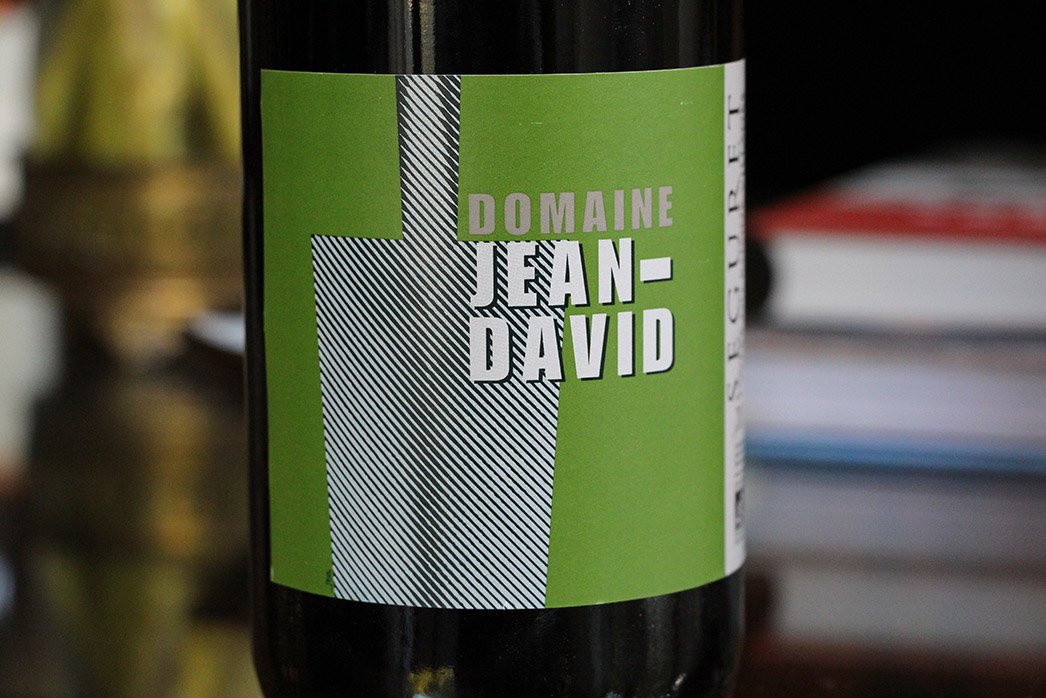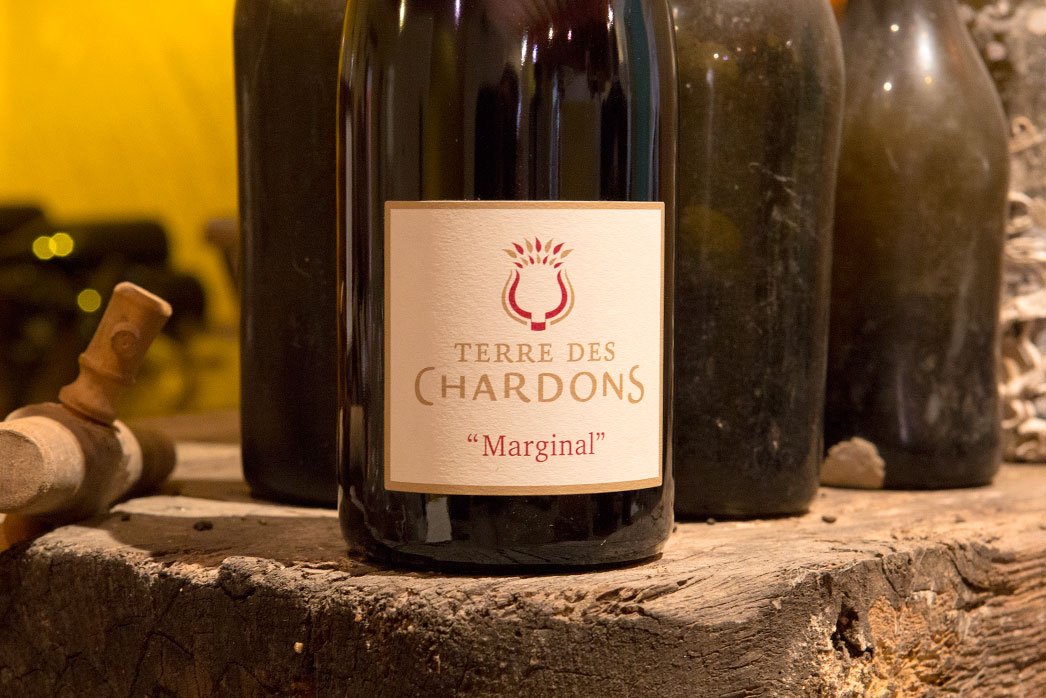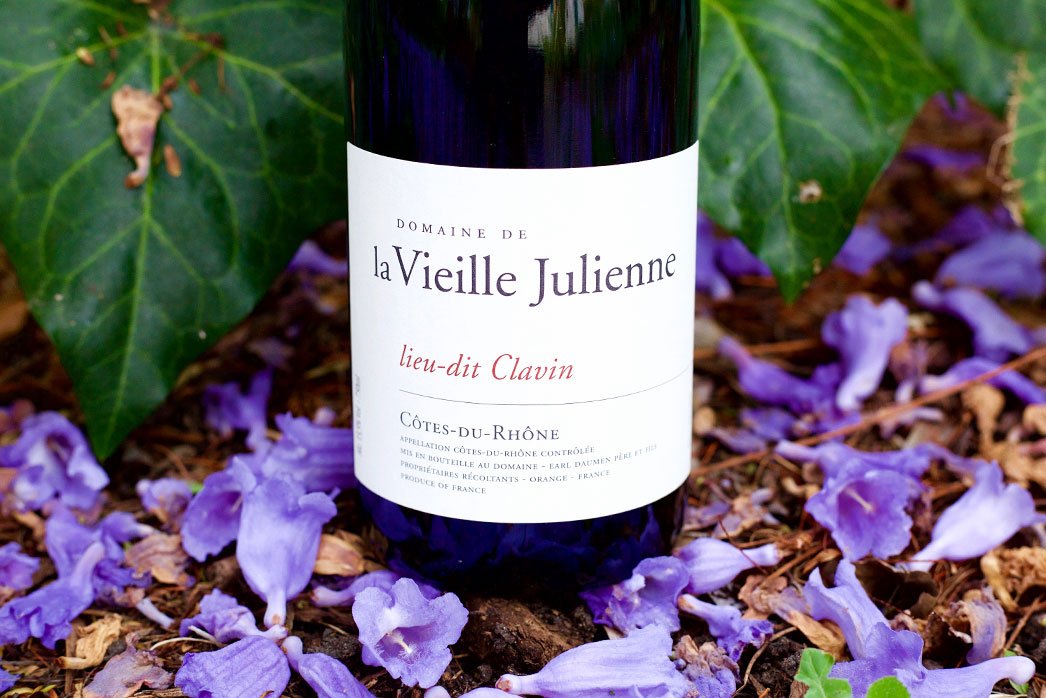This month’s shipment is perfect for August, and, no, it’s not crisp whites or juicy rosés. Rather, it’s all red wine. Hot as the days may be, if you’re like us, you’re keeping your kitchen cool by cooking outside and these reds are the kind of savory, spicy, meaty wines that perfectly accompany grilled or barbecued foods with a little bit of char and smoke. We’re calling this month, “A Study in Côtes du Rhône,” with four bottles from four places, each representing a different facet of what is an intricately faceted gem. The wines are: 2015 Domaine la Roubine Sablet, 2015 Jean David Seguret, 2015 Terre des Chardons Marginal, and 2013 Vieille Julienne Cotes du Rhone Rouge “Clavin.”
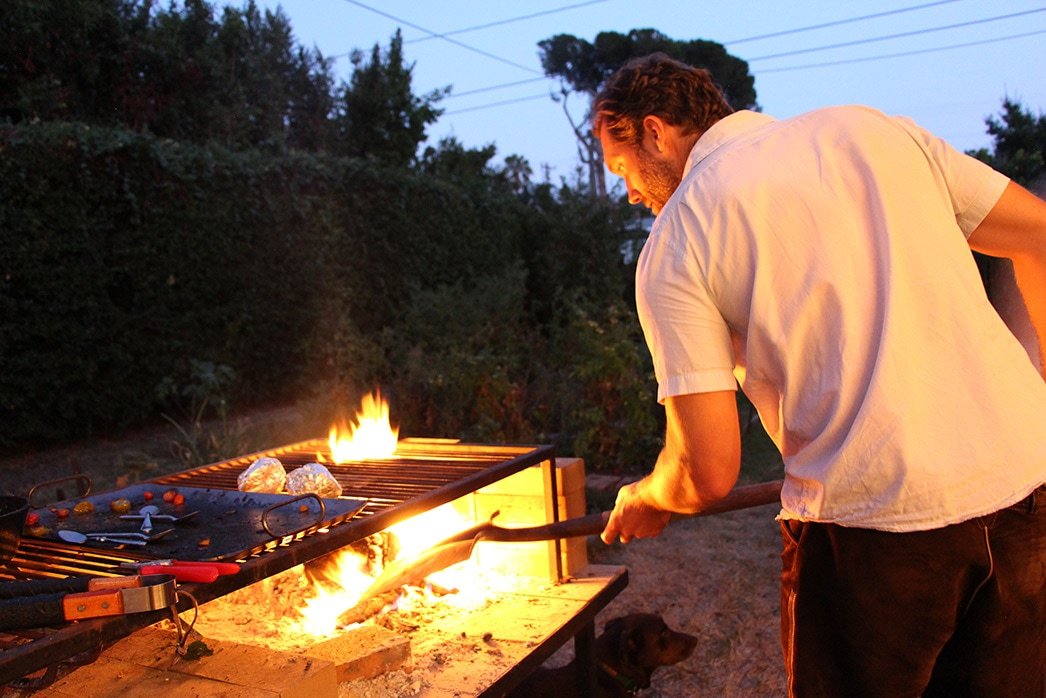
So, what exactly is Côtes du Rhône, besides a generally cheap wine from France available at practically every store that sells wine? Côtes du Rhône, which means slopes or hillsides of the Rhone, is simply the biggest appellation of the Rhone. The first official use of this term goes back to 1737. Today, basically, any wine in the entire Rhone—North and South—made from accepted grape varieties can be called Côtes du Rhône. However, the name is only used if the wine is not from somewhere that fetches a higher price, which is every other appellation, from Châteauneuf du Pape to Hermitage, and so on. So Côtes du Rhône is the lowest level of wine in the Rhone, but that doesn’t make it a low, bad, or undesirable wine. As we shall see, there are often hidden bargains in the basest places.
More than two-thirds of all Rhone wine is released as Côtes du Rhône. And, given that almost all of the Northern Rhone is covered by higher appellations, simple math tells you that almost all Côtes du Rhône is from the Southern Rhone. There’s also a Côtes du Rhône Villages appellation; it’s allowed for 95 different communes and isn’t all that common, but marks a slightly higher quality (and price) than the basic CDR. And, finally, there are 18 villages allowed to append their name to Côtes du Rhône Villages, and, we have two of those in this shipment. So let’s get to the wines!
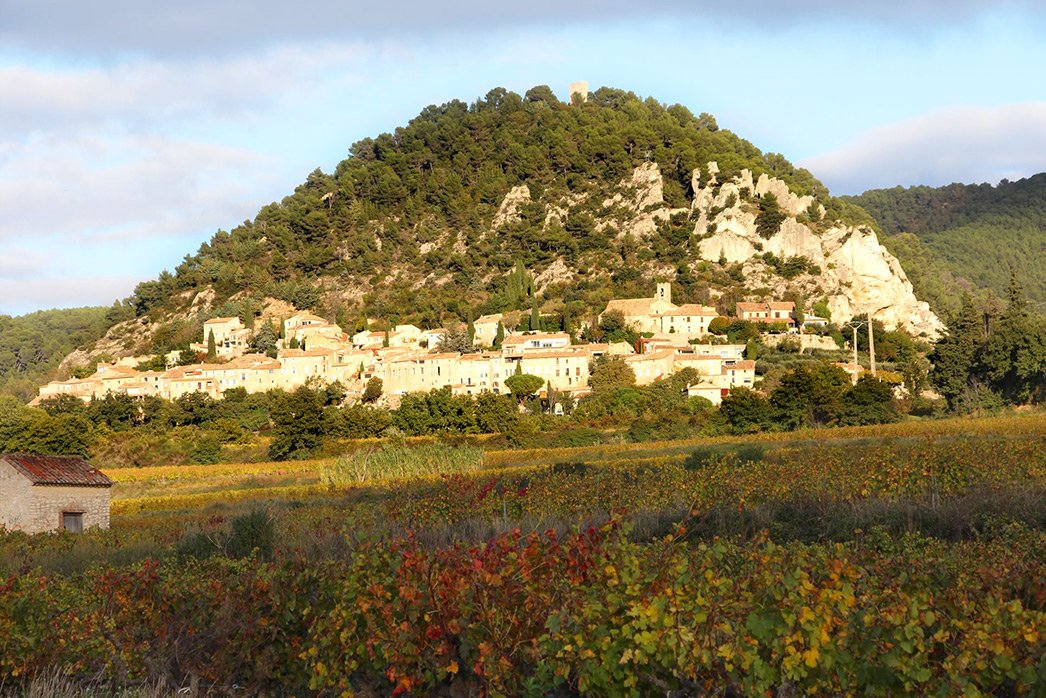
Two of those 18 aforementioned villages are called Sablet and Seguret. They’re right next to each other, just north of Gigondas and also right below the steep slopes of the legendary limestone cliffs, Les Dentelles de Montmirail, which jaggedly protrude into the sky in a memorably awesome way. Sablet and Seguret often produce fairly unmemorable wines, but the ones we’re sending are no ordinary Côtes du Rhônes.
Sablet is a gorgeous little hilltop village atop a big, sandy hillside, which is where the name comes from, as sable is the French word for sand. Soils are of decomposed limestone, gravelly pebbles, and crumbly red clays. Luckily, our wine is the 2015 Sablet Rouge from Domaine La Roubine, run by the honorable Eric Ughetto, a former Parisian fireman who also happens to be mayor of Gigondas. Eric’s wines are generous and robust, never shying away from making a statement. It’s a good approach to Sablet, which can often benefit from the personality. In 2015, a big, powerful vintage, the result is nothing less than extraordinary. This wine—70% Grenache, 25% Syrah, and 5% Cinsault—is as big and rich a Côtes du Rhône as you’ll ever see. Even Ted felt compelled to write on the website more than he usually does for a humble wine, and he summed this one up perfectly. “The Sablet is an extraordinarily powerful and rustic red,” he wrote. “Usually when people say rustic, I feel it implies that it’s “funky,” if you know what I mean. This is not the case here with this absolutely pure and focused wine. The fruit falls back to a tertiary role behind the earth and floral aromas. This blend of grapes, dominated by Grenache, comes out of the glass with power that is perfumed with lavender, thyme, spice and meat. Yes, meat, dried meat, like jerky or French saucisson, as well as grilled beef. If this sounds like a bull in a glass, it is.”
The word Séguret means “secure” in the Provencal dialect, and it’s easy to see why one could feel safe from attackers here. A striking little town that’s been called the most beautiful in France, stony Séguret hugs the sides of a mountain, making it a steep walk from below, where the vineyards lie on broad terraces. Seguret’s wines are known for being less burly than the neighboring villages’ and more elegant and fresh. The 2015 Jean David Séguret (55% Grenache, 25% Carignan, 20% Counoise ) captures this beautifully, despite the warmth of the vintage. The limestone and sandy soils give the wine a lift and a grace rarely found in these parts, yet the wine doesn’t lack for concentration or drive. Jean David, a weathered, humble vigneron who runs the domaine entirely with his wife, Martine, does everything by hand, which accounts for the gentle feeling they have in the mouth. This wine is highly savory, with dark fruits embroidered with a bouquet of herbs from fennel and thyme to rosemary and lavender. Completely delicious.
Something altogether different is the 2015 Terre des Chardons “Marginal,” which comes from near the town of Nîmes, about 50 miles southwest from Sablet and Séguret. Nimes is the southernmost region and right above the line where Provence meets the Languedoc. The are no cliffs here, just rolling hills covered in what are known locally as “gress”— large, gravelly stones deposited by ancient rivers. The gress reflect stored heat back to the vines in the evening and allows roots to plunge deep in search of water. The Chardon family moved from the Loire Valley in the 1980s in search of the sunny good life, and they found it. Originally growing fruits and vegetables, it was their son Jerome who caught the grape bug, planted vineyards in the early 1990s and is the author of this wine. The big difference you’ll note about this wine is that it’s 80% Syrah (the rest is Grenache). Unlike many Syrah’s from the Southern Rhone, though, this one captures the brooding, savory dark fruit you get in the north. But the climate here also helps to ripen those tannins, resulting in a wine that’s wonderfully easy to drink. Have it with the kinds of foods you imagine eating in this region: olives, goat cheese, lamb roasted with rosemary.
Finally, we get to the outlier wine, the 2013 Vieille Julienne Cotes du Rhone ‘Clavin.’ Why call it an outlier? Well, the vintage, first of all, was cool and challenging, resulting in a leaner, more elegant style that worked perfectly for the hands of Jean-Paul Daumen. Second, it’s a literal outlier, as the Clavin vineyard lies just outside the borders of Châteauneuf du Pape. In this area, that small difference in geography takes a steep toll: in a matter of feet vines go from living in the most renowned, expensive zip code to becoming humble Côtes du Rhône. In the case of Vielle Julienne, the Châteauneuf du Pape vines are just across the street from the Côtes du Rhône vineyard, which makes a wine that commands less than a third of the price. Anyway, Daumen may have only his ancestors to blame for this, as it’s said that in the 1930s his grandfather, not wanting to seem greedy, recommended that the Châteauneuf du Pape appellation not include Clavin. Their loss is our gain, as Clavin’s vineyard holds Jean-Paul’s oldest vines, some well over 100 years of age. In some years, Jean-Paul says Clavin can exceed his Châteauneuf du Pape. You’ll see the complexity in this red made from 80% Grenache and 20% Mourvedre and Syrah. Its peppery, spicy notes highlight a tight core of brambly red and black fruits. The structure is easy and free flowing, with thick, but gentle tannins—a lovely wine.
So get out on that deck and light up the grill. These four wines will beautifully accompany pretty much anything you can cook over fire (yes, even fish)!
Happy drinking,
The Source



